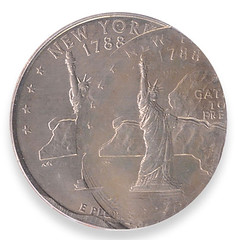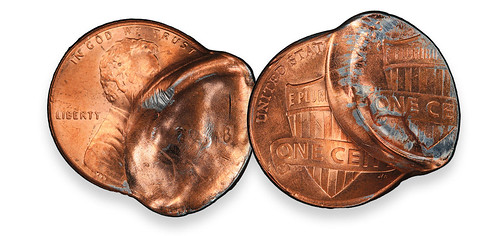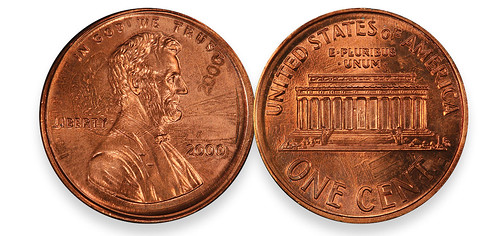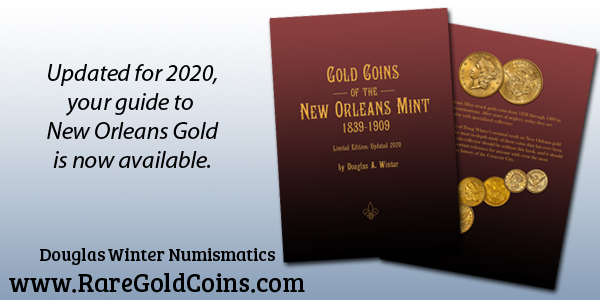
PREV ARTICLE
NEXT ARTICLE
FULL ISSUE
PREV FULL ISSUE
V25 2022 INDEX E-SYLUM ARCHIVE DOUBLE-STRUCK MINT ERRORSEarlier this month error dealer Jon Sullivan published a nice article on the PCGS site about double-struck error coins. Here's an excerpt - see the complete article online. -Editor
As the name would suggest, a double-strike is a coin that is struck Let's talk about the four primary double-struck types: the double-struck off-center, the double-struck on-center, the multi-struck, and the flip-over double-struck. The double-struck off-center occurs when a coin is struck and then fails to be fully ejected from between the dies before being struck a second time with the strike off-center. Above, we see an example of a double-strike with the second strike off-center. This is the most common of the double-strike types. Double-strikes on-center generally occur when a coin is struck, fails to be ejected from the collar die, and is struck again with the second strike directly on top of the first strike. Oftentimes, double-strikes on-center will be rotated between strikes, with the first strike not perfectly aligned with the second strike. A multi-strike is a coin with three or more strikes. Multi-strikes can be either on-center or they can be off-center, but in order to qualify as a multi-strike, the coin must have at least three strikes present. It is not uncommon for a coin to be struck four or five or more times, although generally the more strikes a coin has the scarcer it will be. Why do double-strikes occur at all? Usually, it's because there is something not working correctly with the coin press' ejection system, and the feeder finger (which is what puts planchets between the dies and ejects them from the die) is not working correctly; it fails to eject the struck coin from between the dies. When this happens, the dies strike the coin a second, third, or more times until either the coin is ejected or a mint employee notices the press is not functioning properly, stops the press, and fixes whatever the issue is.
To read the complete article, see:
Wayne Homren, Editor The Numismatic Bibliomania Society is a non-profit organization promoting numismatic literature. See our web site at coinbooks.org. To submit items for publication in The E-Sylum, write to the Editor at this address: whomren@gmail.com To subscribe go to: https://my.binhost.com/lists/listinfo/esylum All Rights Reserved. NBS Home Page Contact the NBS webmaster 
|



